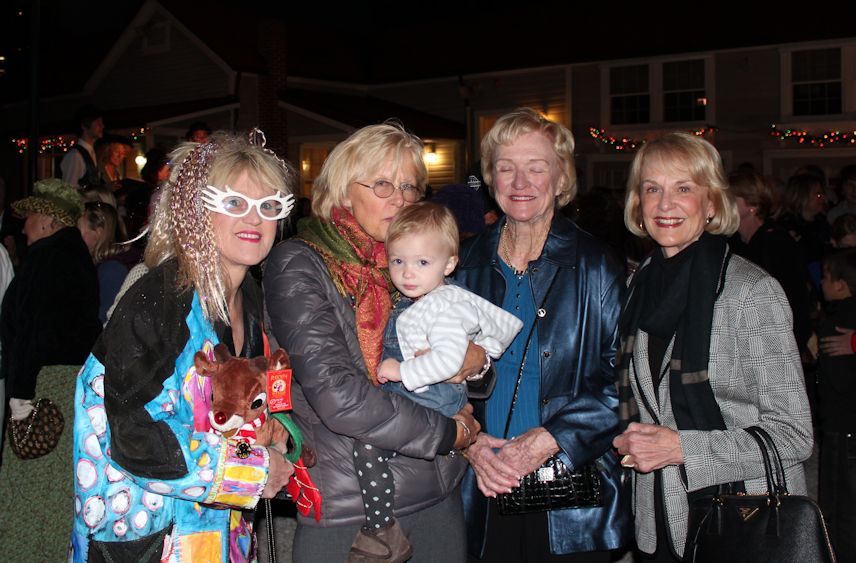 In 1800, Queen Charlotte decided to hold a huge Christmas party for the children of the nobility of Windsor, but instead of decorating a yew bough as she’d done in years past, she potted a live tree, covered it with baubles and fruit, and stood it in the middle of the drawing room at Queen’s Lodge surrounded by presents.
In 1800, Queen Charlotte decided to hold a huge Christmas party for the children of the nobility of Windsor, but instead of decorating a yew bough as she’d done in years past, she potted a live tree, covered it with baubles and fruit, and stood it in the middle of the drawing room at Queen’s Lodge surrounded by presents.
“[F]rom the branches of [this tree] hung bunches of sweetmeats, almonds and raisins in papers, fruits and toys, most tastefully arranged; the whole illuminated by small wax candles,” wrote Dr. John Watkins, the Queen’s official biographer, who added that “after the company had walked round and admired the tree, each child obtained a portion of the sweets it bore, together with a toy, and then all returned home quite delighted.”
 Actually, the good doctor underestimated the effect the tree had on the kids. When they arrived at the house on the evening of Christmas Day and beheld that magical tree aglitter with tinsel and glass, they believed themselves transported straight to fairyland. Their happiness knew no bounds.
Actually, the good doctor underestimated the effect the tree had on the kids. When they arrived at the house on the evening of Christmas Day and beheld that magical tree aglitter with tinsel and glass, they believed themselves transported straight to fairyland. Their happiness knew no bounds.
And that’s when and how Christmas trees became the rage in English upper-class circles, where they formed the focal point at countless children’s gatherings. Any evergreen would work, including pines and firs. And all of them were lit by candles, adorned with trinkets and surrounded by piles of presents.
Trees placed on table tops usually also had either a Noah’s Ark or a m odel farm and numerous gaily-painted wooden animals set out among the presents beneath the branches to add that extra special touch.
odel farm and numerous gaily-painted wooden animals set out among the presents beneath the branches to add that extra special touch.
By the time Queen Charlotte died in 1818, the Christmas-tree tradition was firmly established in royal society. And it continued to flourish among the aristocracy in the decades following her death. But it would be nearly three more decades before the tradition was adopted by the masses. Ah, but that’s a topic for another post.








